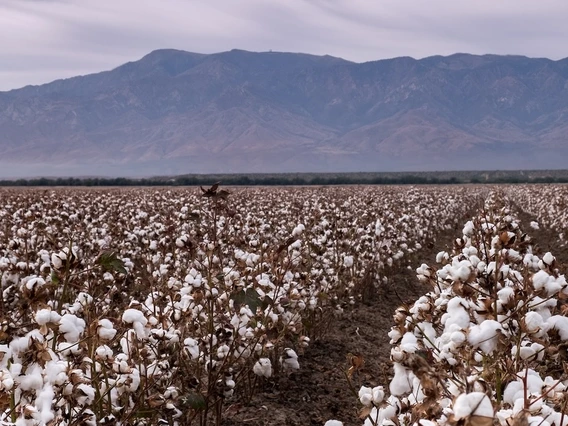Cotton
Overview
Arizona has long been a major cotton producing state. Each year, growers produce more than 500,000 bales of cotton, each weighing 480 pounds. Although Pima cotton is known around the world for its quality, more cotton is now grown in Pinal County than Pima County. Extension science supports cotton producers with research on pests and weeds management, irrigation, plant varieties, and more.
Resources
Weather information
Daily weather information collected and curated by Extension scientists for cotton growers.
Identify Diseases
This app developed by Cooperative Extension and the College of Agriculture, Life, Environmental and Veterinary Sciences can help you identify or report cotton diseases.
Cotton Tracking App
This web-based calculator can be accessed through smartphones or tablets to monitor growth, water consumption and nitrogen fertility.



